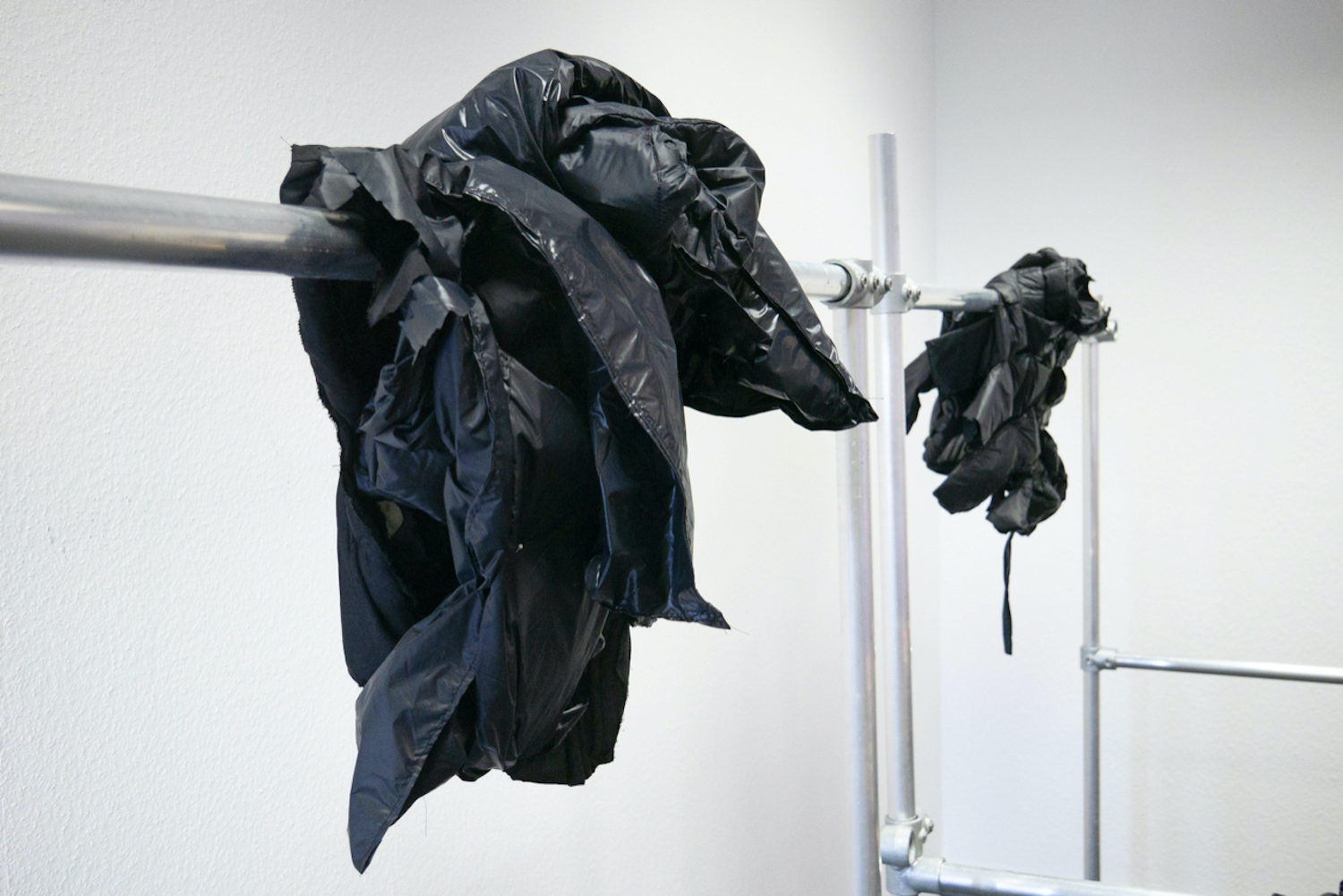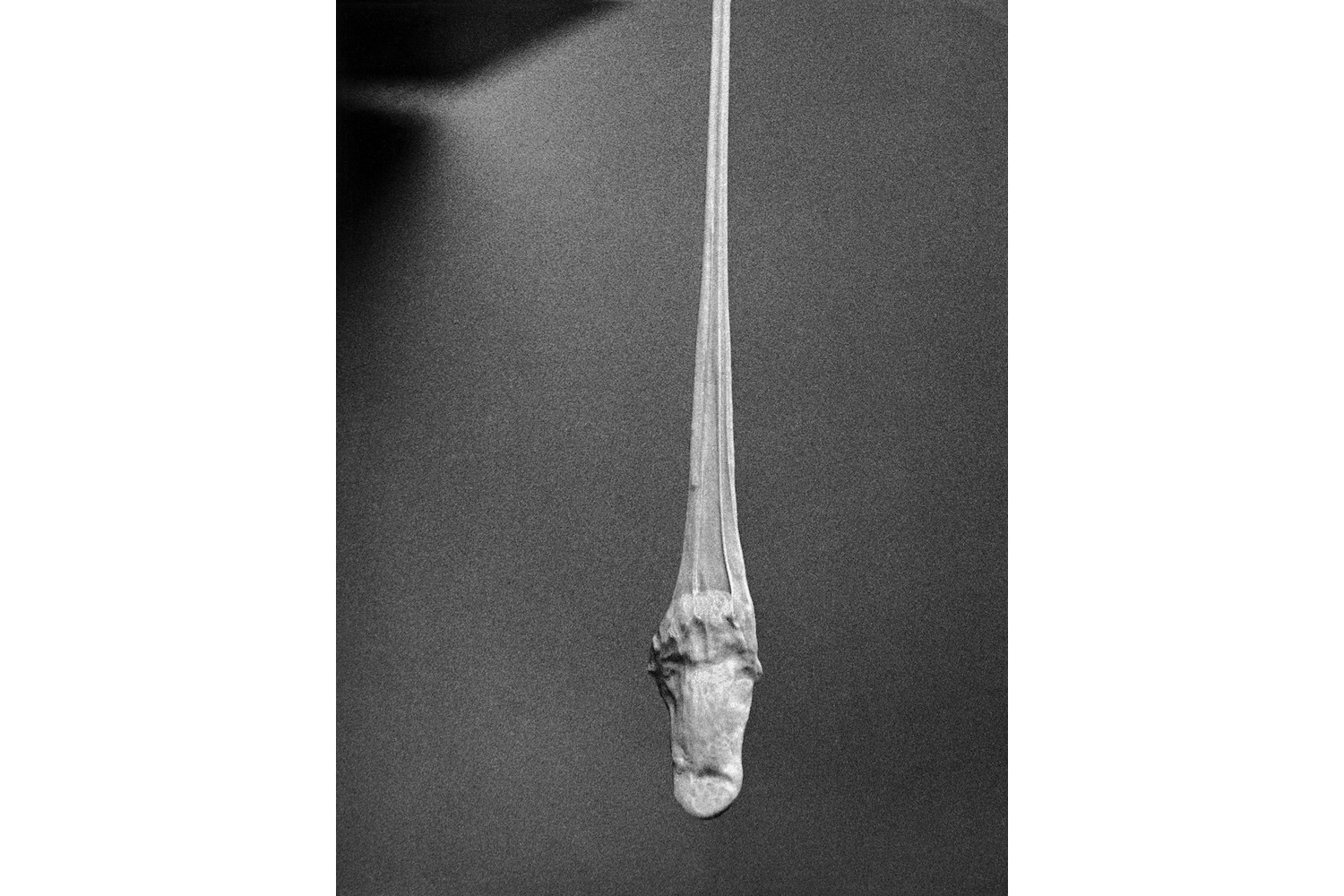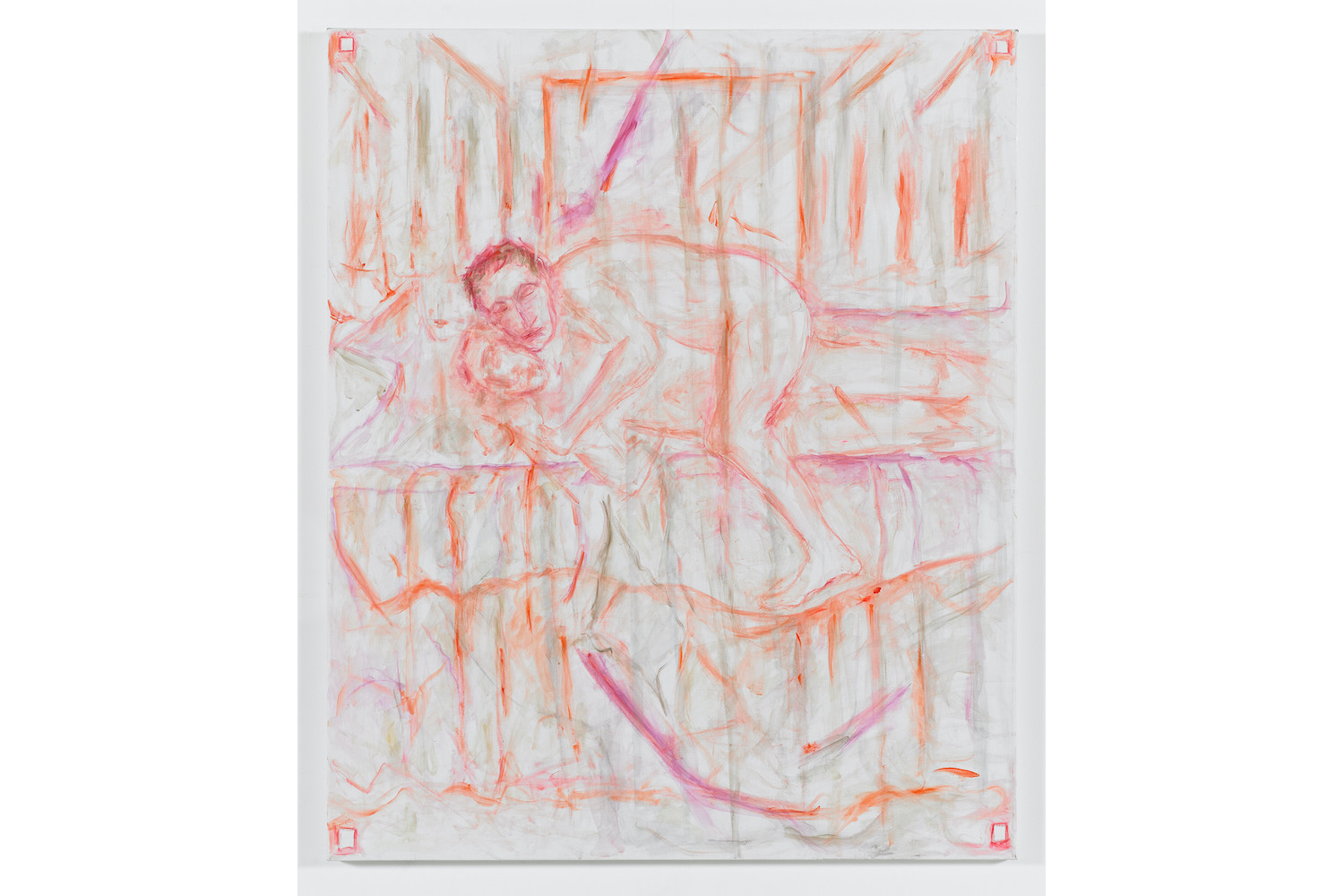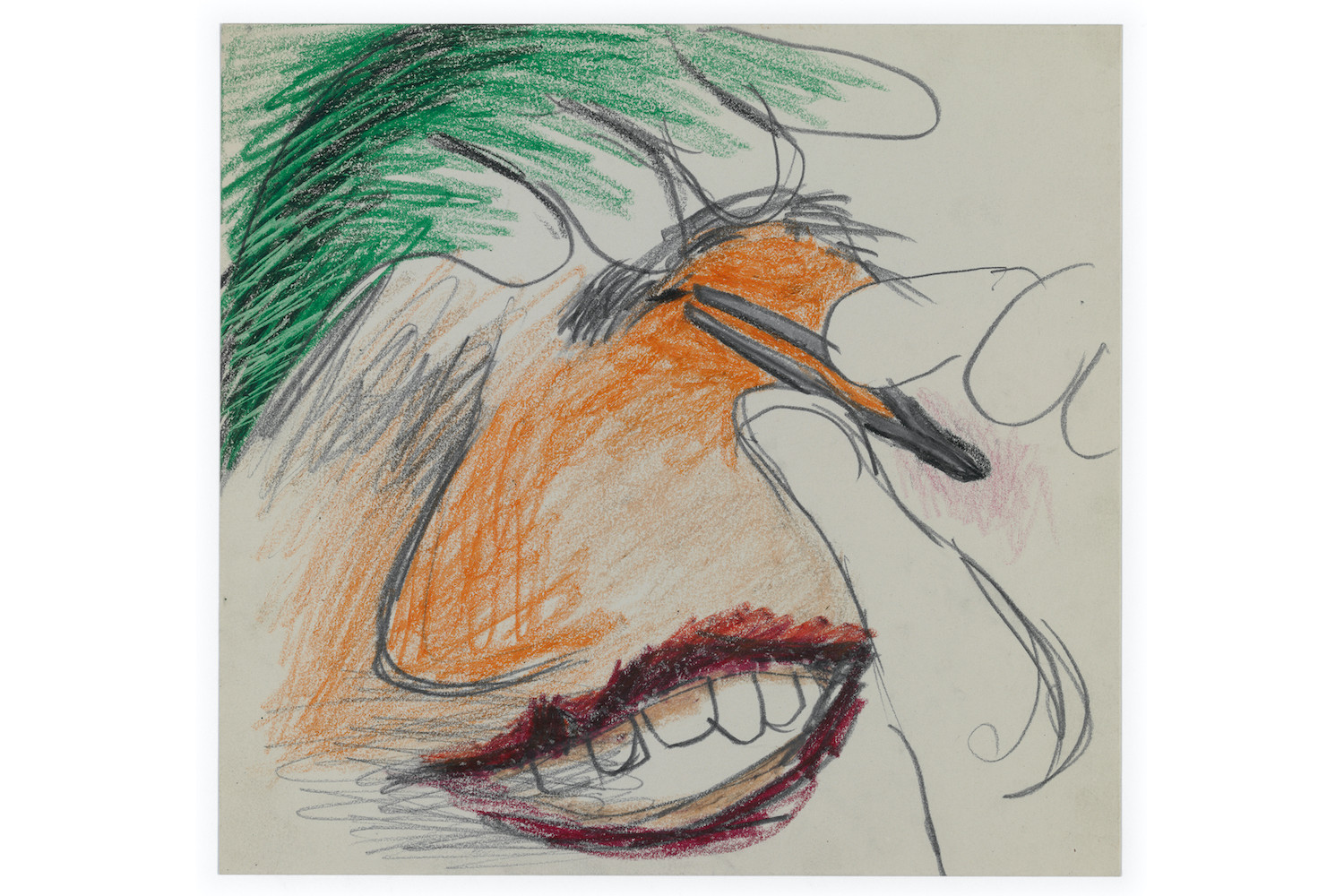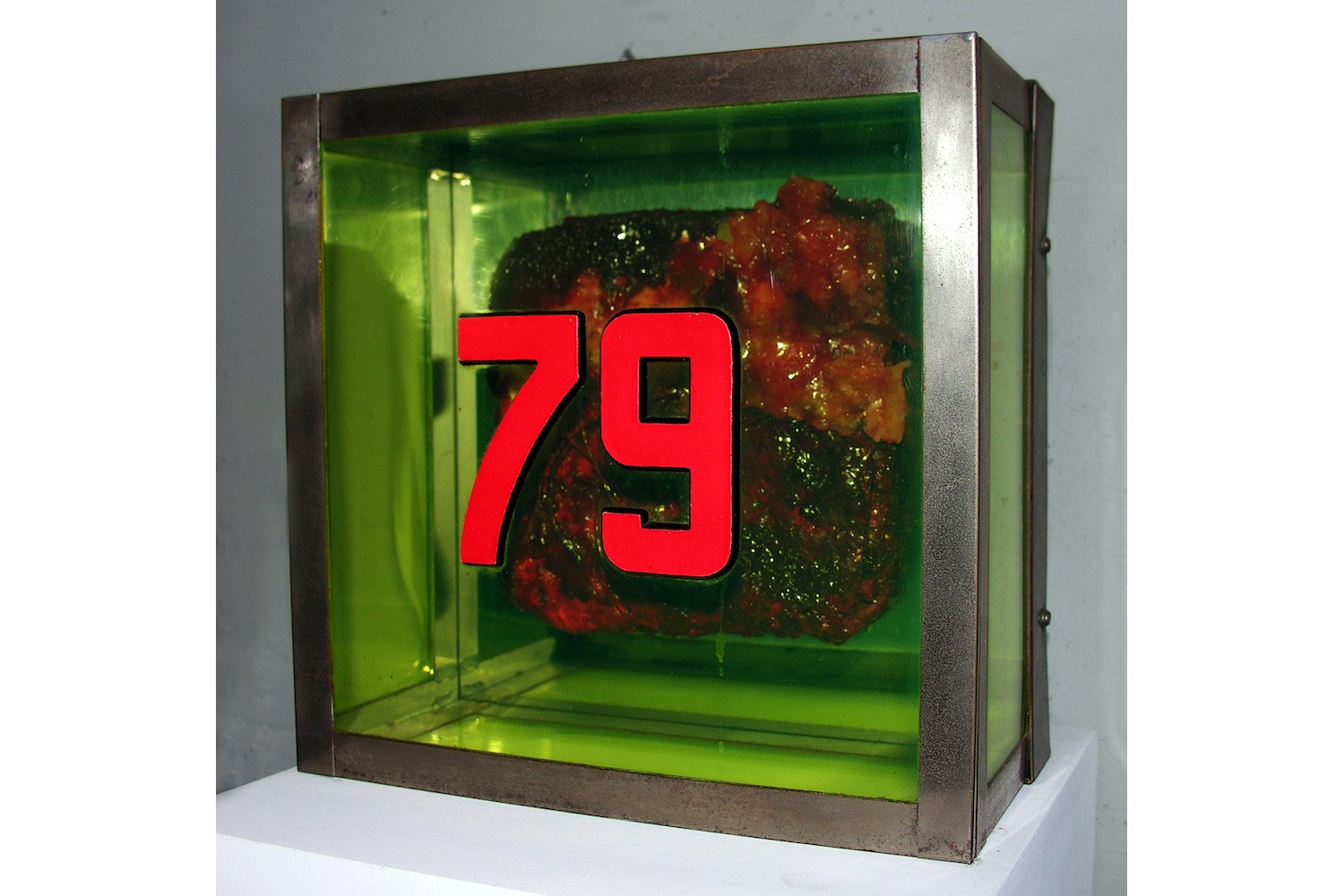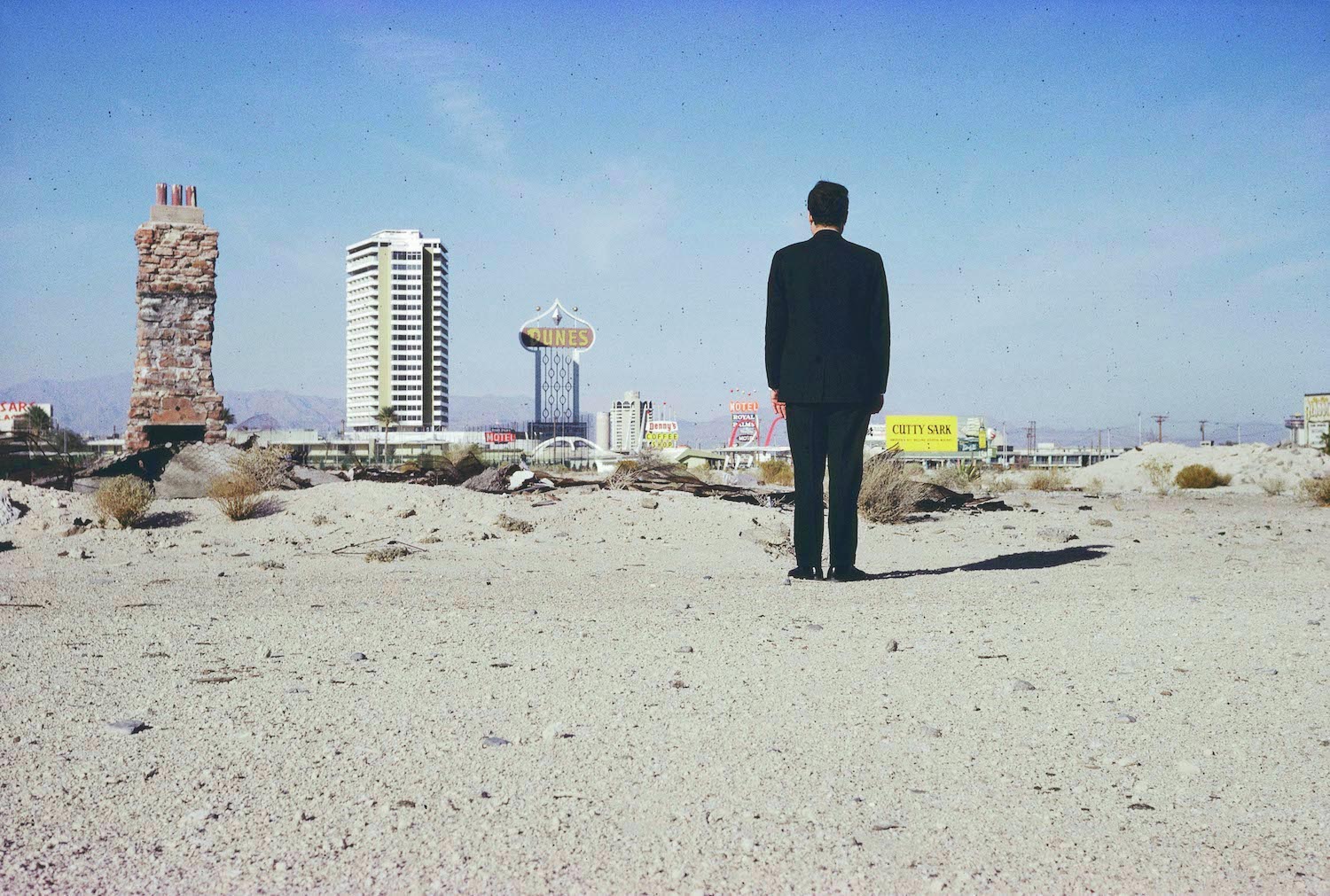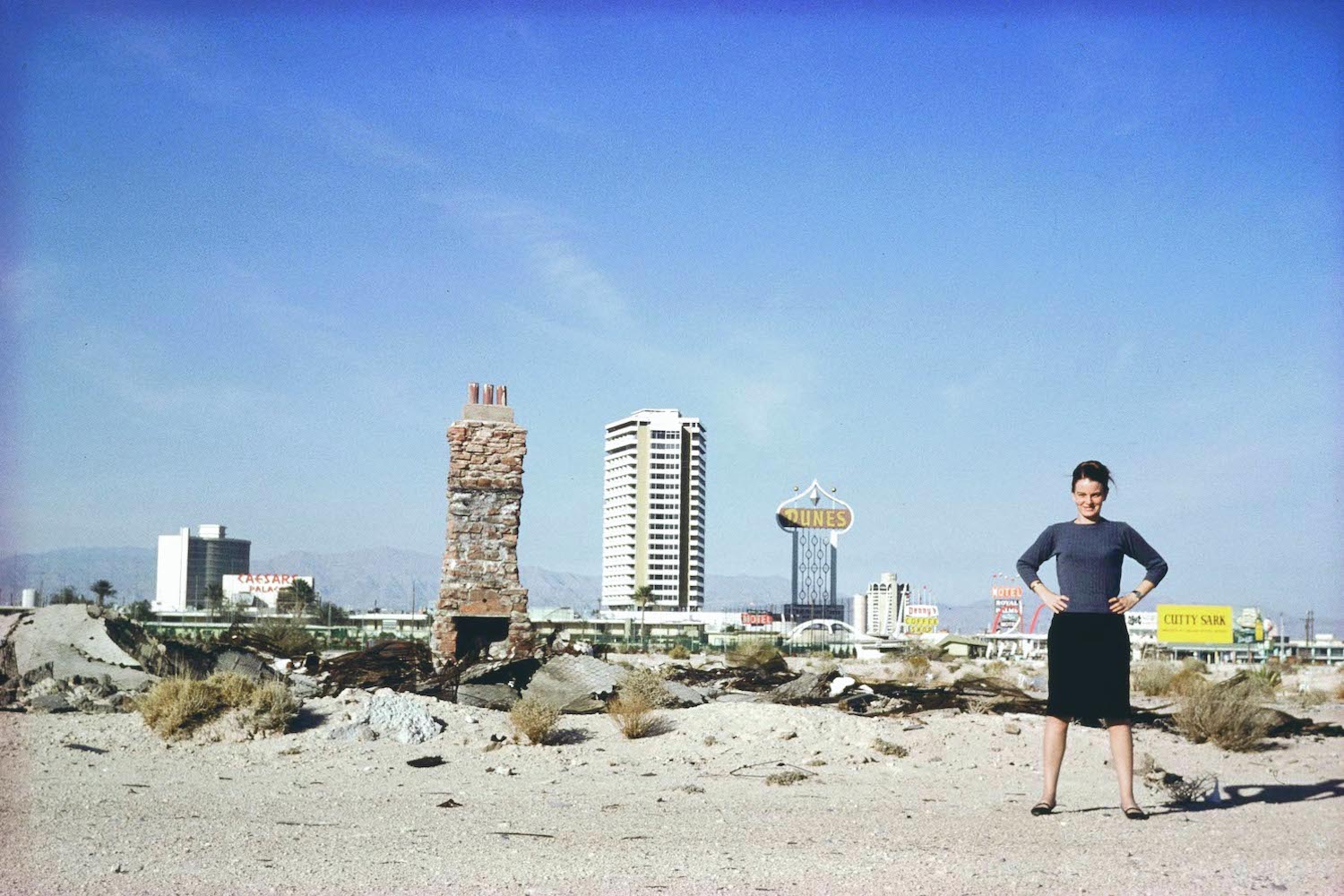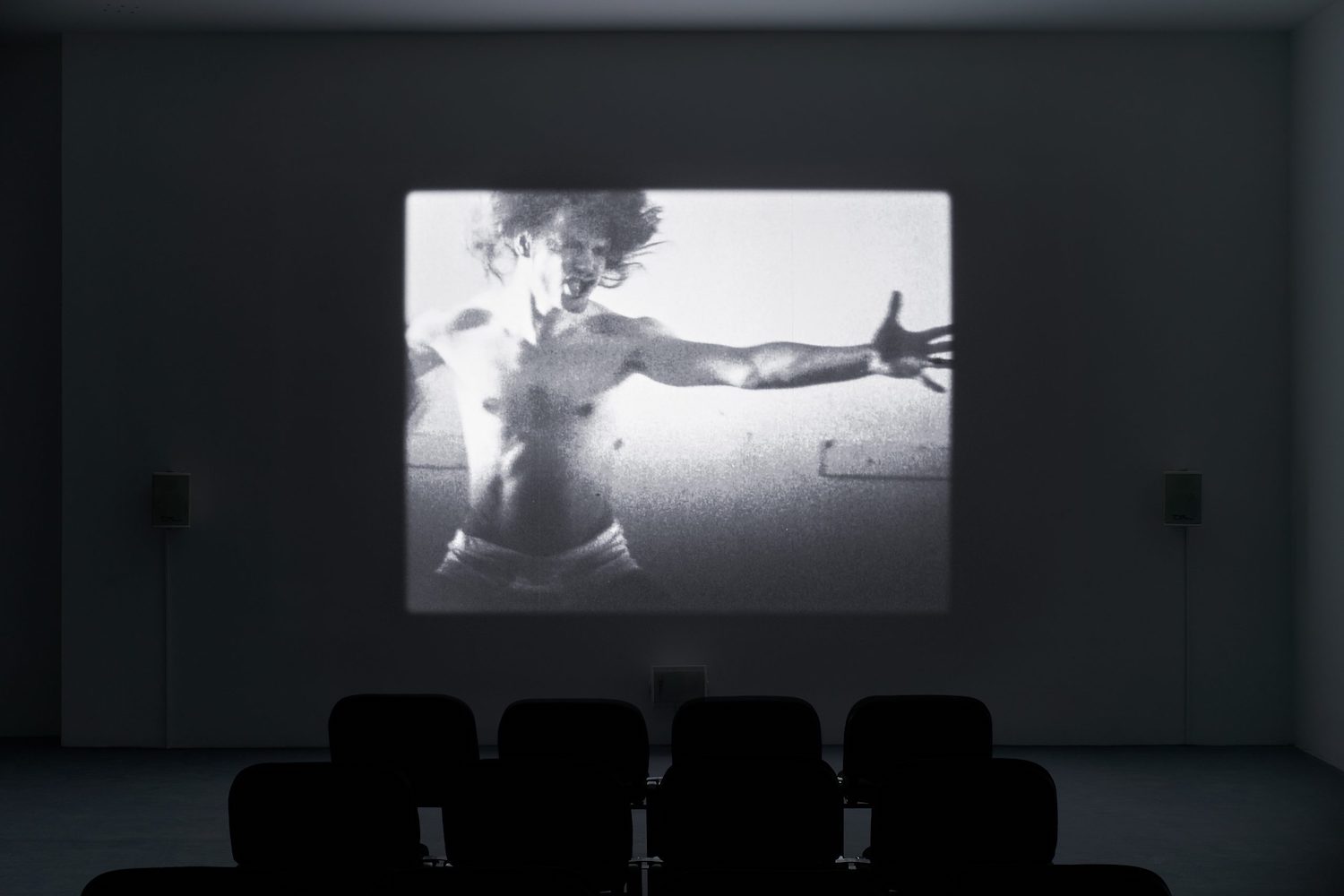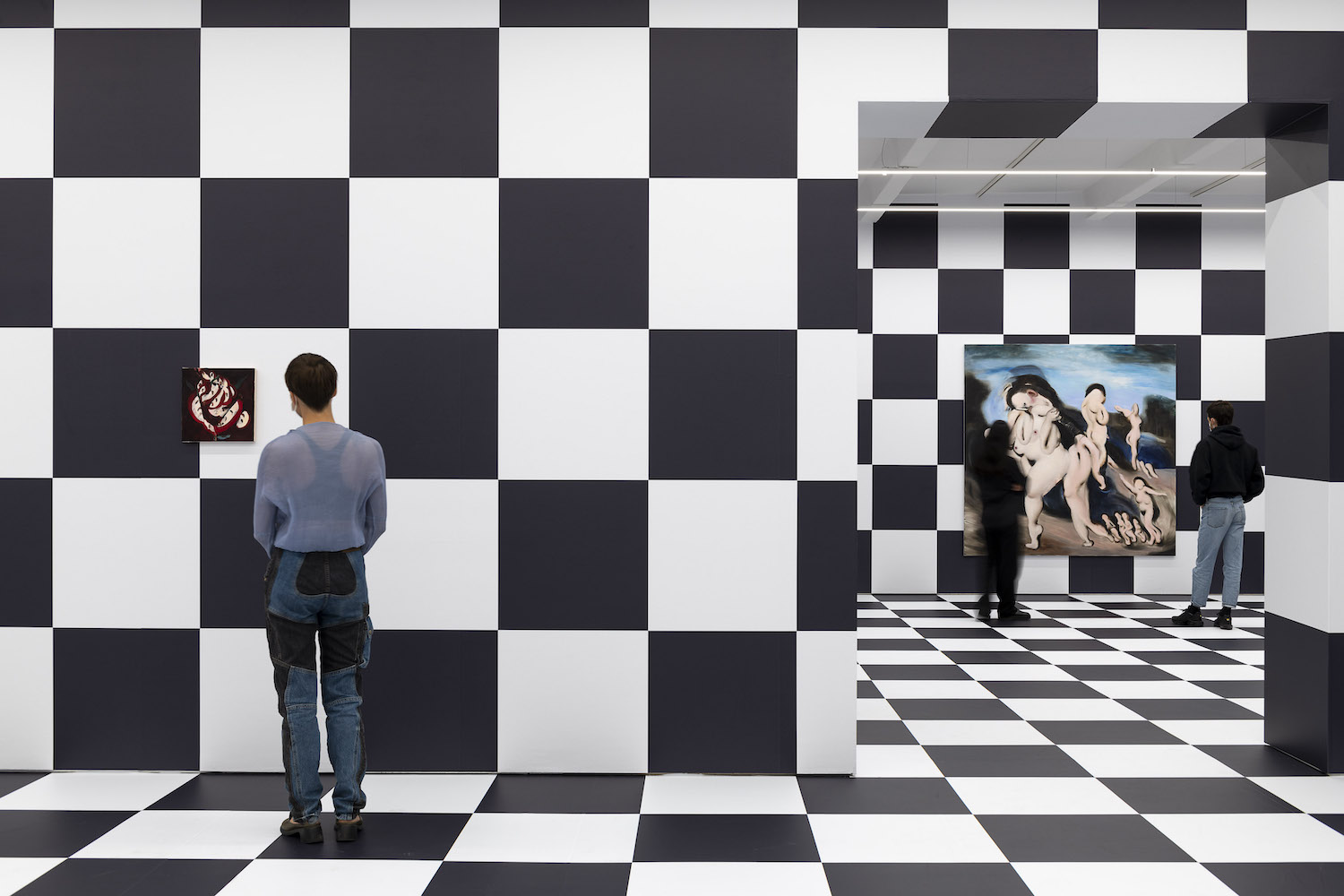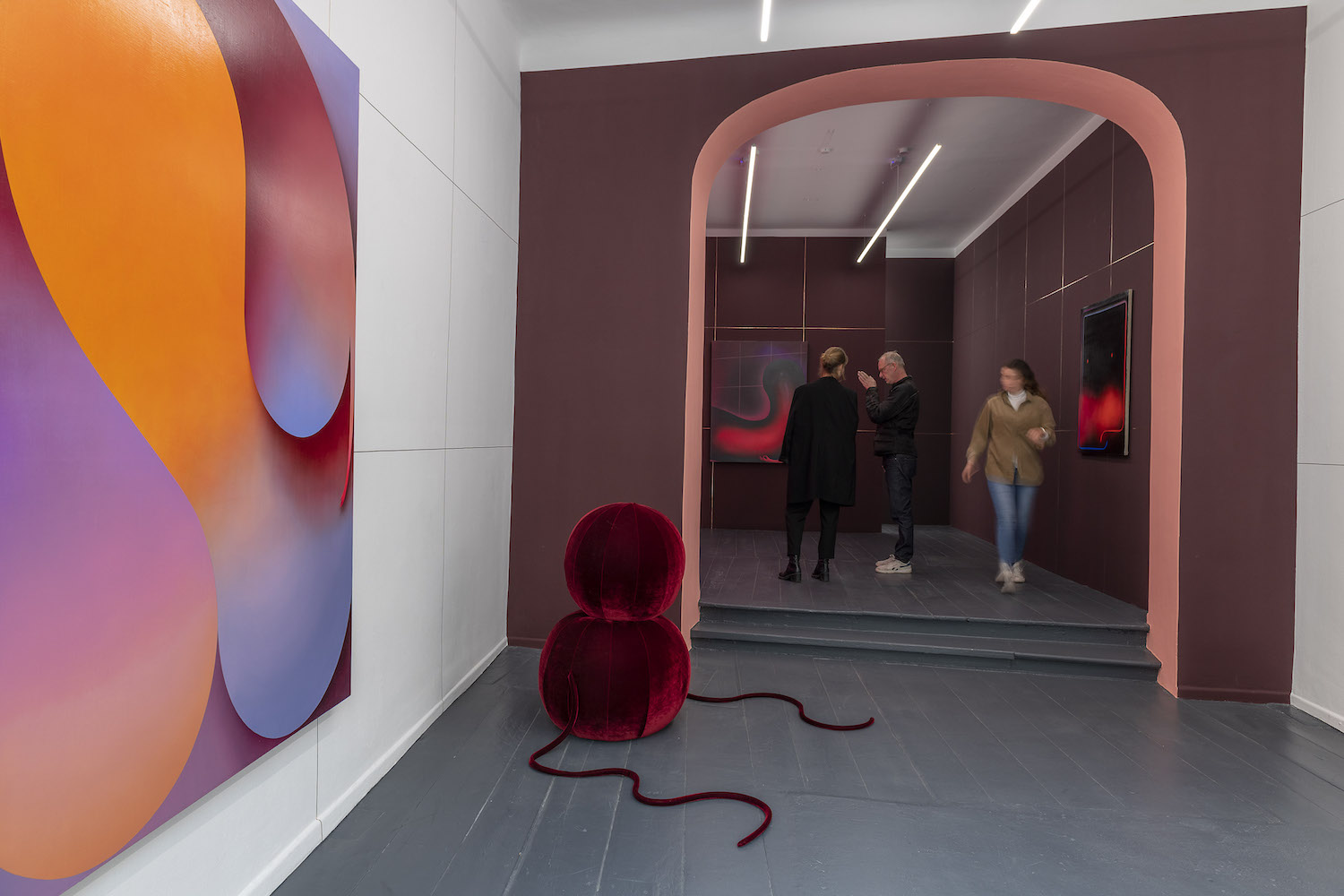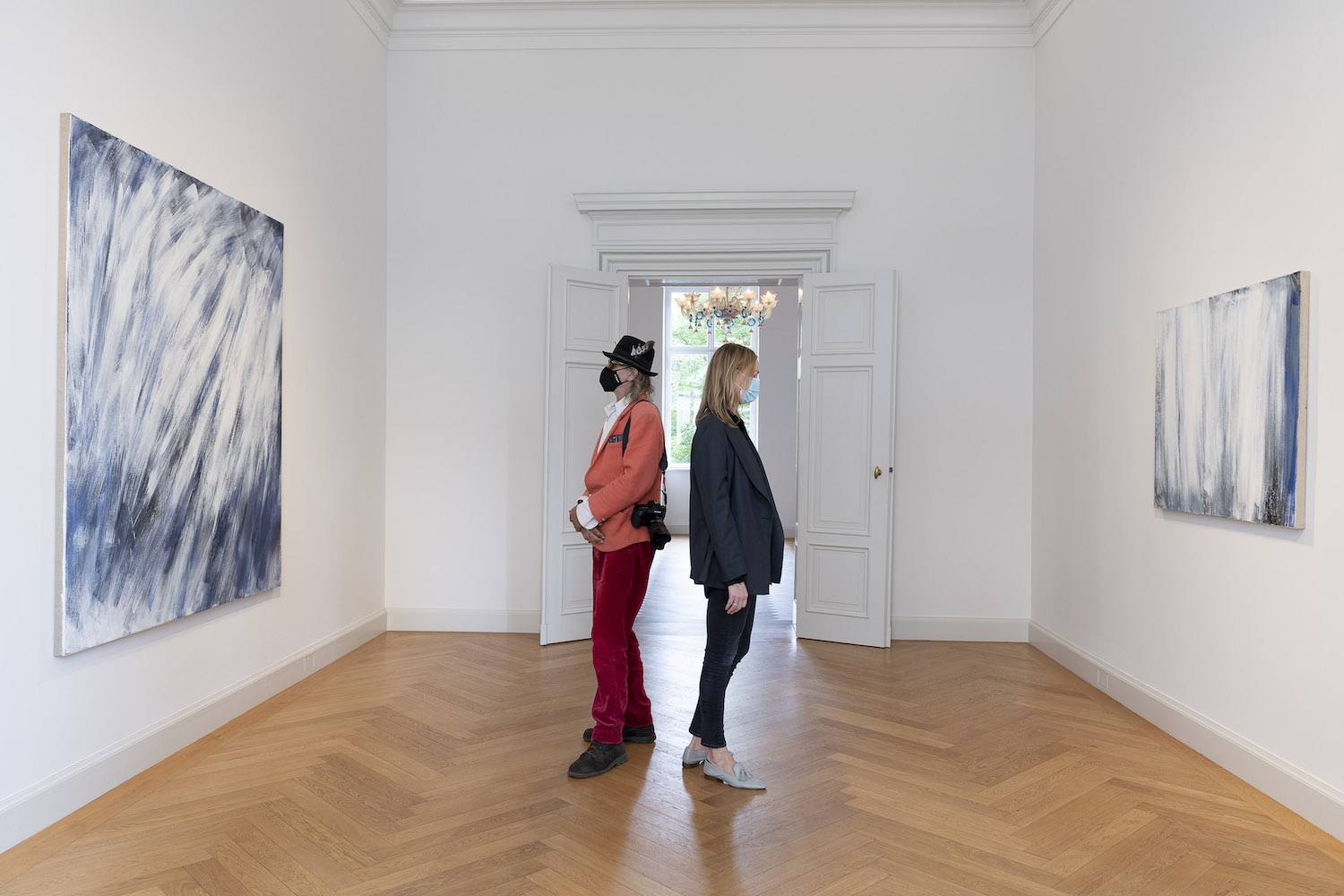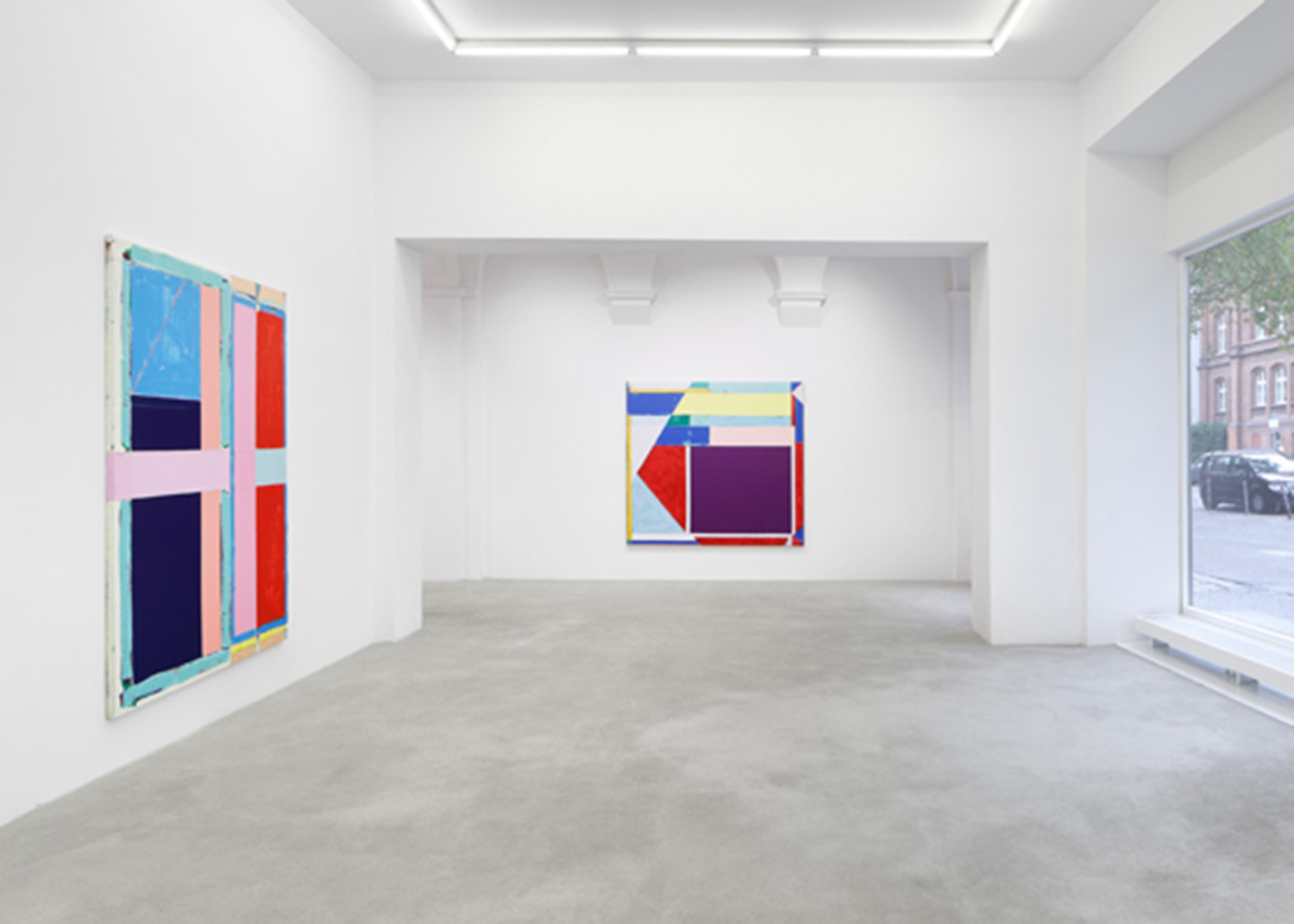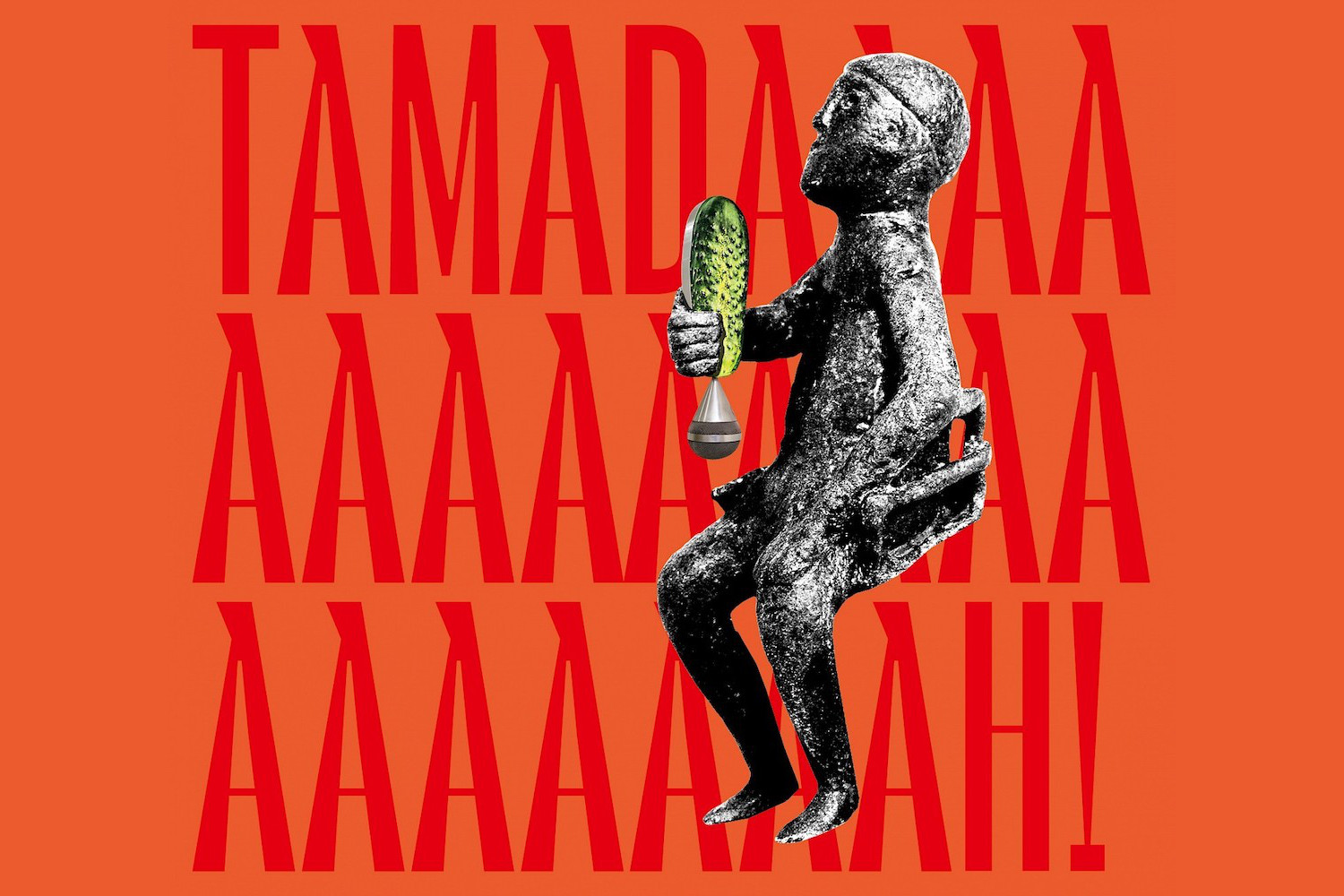In other years, the carnivalesque quality of Berlin Art Week, as well as Gallery Weekend Berlin, was among its defining characteristics. Crowded galleries, crowded pavements along Potsdamerstrasse and its warren of galleries, crowded parties, random connections. In the year of a pandemic, however, Art Week had a different feeling, more subdued, certainly, but also more reflective. Leaving the house for an opening was not something someone simply “did,” to quote a phrase. Risk, anxiety, perseverance: these are all qualities art is supposed to be good at expressing, and many shows at Art Week, particularly a group exhibition curated by John Miller titled “Lost in America” at NBK, did a good job of conveying the air of the famously internationalized German word “angst” that defines the moment. Happily, Miller’s exhibition, featuring works by Ken Lum, Robert Morris, Martha Rosler, Carver Audain, and Andrea Fraser, to name a few, retained enough sardonic American humor to stave off despair.
Group shows were among some of the strongest exhibitions of Art Week, including a notable show at Kreuzberg’s NGBK titled “Radical Passivity” featuring heavyweights of German art like Jutta Koether alongside works by Lee Lozano and Alina Szapocznikow. Dialogues between shows, however, also emerged as a defining experience of this year’s Art Week. In particular, a high-profile exhibition of Seth Price’s work at Galerie Isabella Bortolozzi opened around the corner from a smallish show in a (quite) small art space named Stadium featuring the work of Beth Collar. Both featured pencil drawings of beings who could have emerged from medieval fairy tales. In Price’s case the works derived from the narratives in a book of poems published by the gallery to accompany the exhibition; Collar’s works continue longstanding trends in her practice, often eschewing narratives as much as generating them. Proximity can reveal underlying distances.
Distance, social and otherwise, was a key theme of two other memorable exhibitions, a painting show by Ambera Wellmann at Kraupa-Tuskany Zeidler and Jeremy Shaw’s “Quantification Trilogy” which was screened at the Julia Stoschek Collection. Resurfacing K-T-Z in black-and-white checkerboard panels, Wellmann’s exhibition created a kind of geometric anti-space for an interrogation of tropes of representation and embodiment (frequently, of embodied femininity) throughout art history, and it posed significant questions about art’s future: can the systems that delimit reality and engender alienation be transcended? If so, where does that leave those who have escaped? Similar concerns inform Shaw’s films that explore the stories of characters living in a world defined by an event, known as “the quantification,” which subordinates all human knowledge and understanding to computational processes. Where does freedom or hope lie when all possible experiences are mapped and modeled, and all distances lead to the same point? For many of Shaw’s protagonists an embrace of the ostensibly obsolete becomes a pathway to freedom.
Limits themselves can be strangely liberating, as in a small but engrossing exhibition of paintings by Tamina Amadyar at Galerie Guido W. Baudach. Amadyar’s large works on canvas all follow a simple pattern: two colors applied with the use a wide, flat brush. The artist also mixes her own colors, producing dialogues that despite their apparent simplicity seem to contain multitudes. These works conveyed for me some of the strange buoyancy that permeated Art Week this year, a reminder that when so much seems beyond our control, a small, clear step in a positive direction can achieve a great deal.

